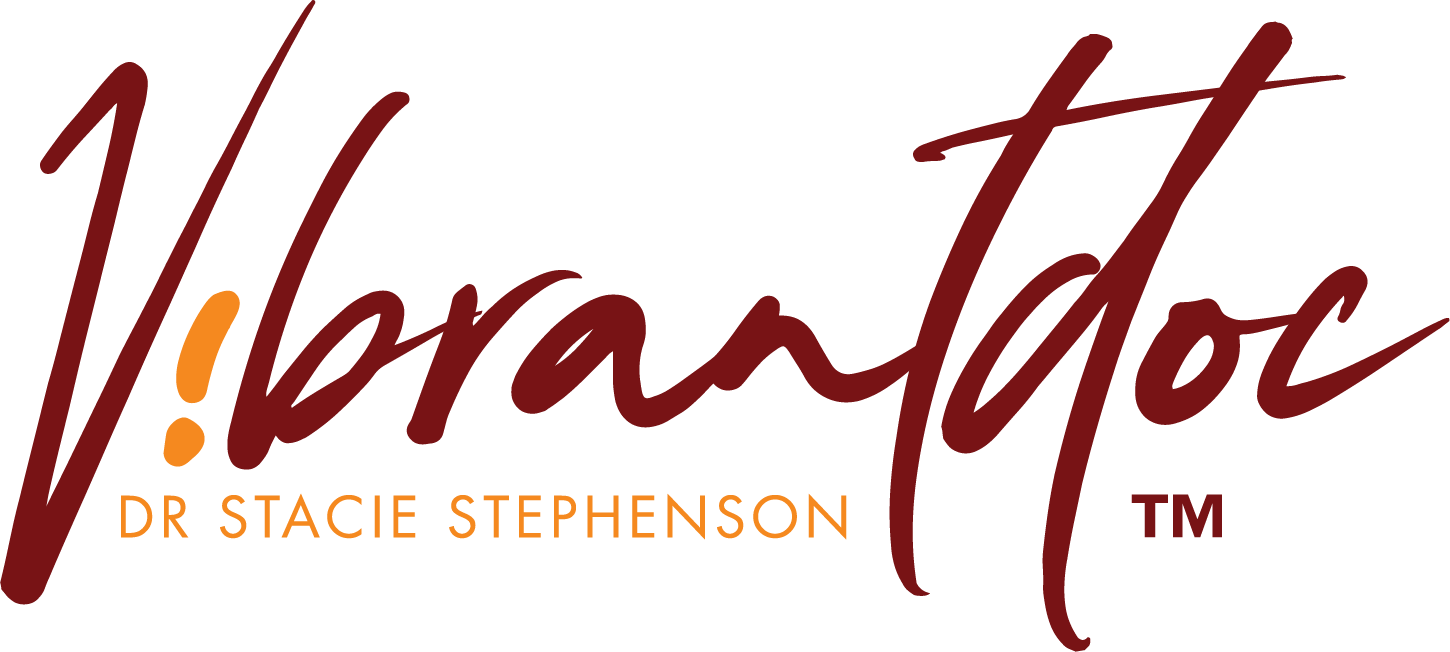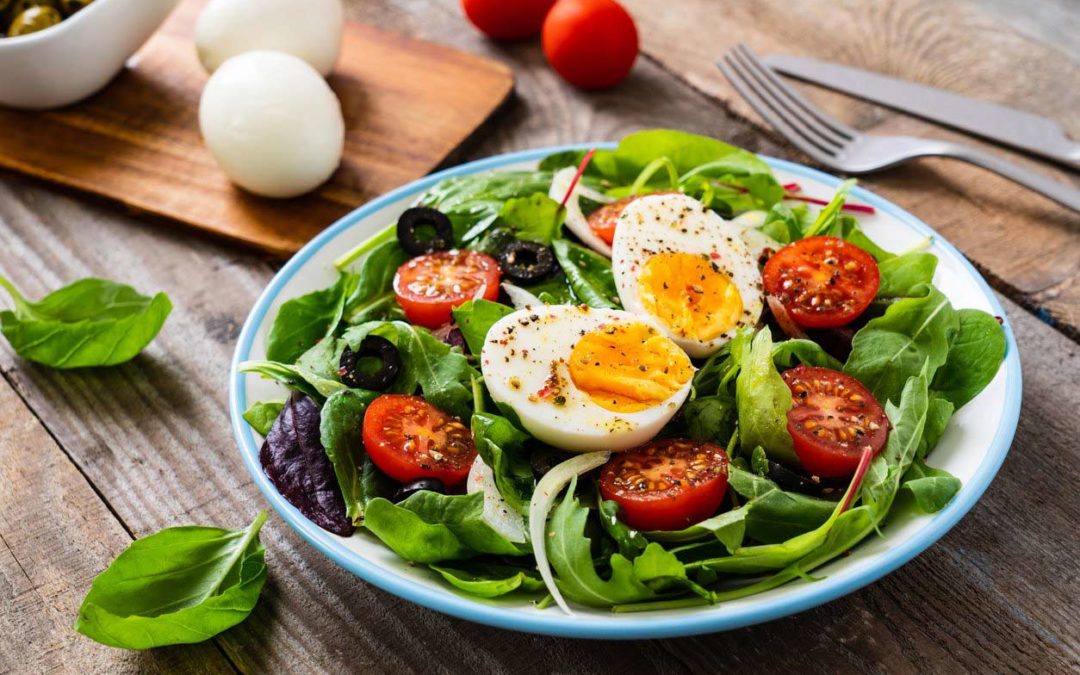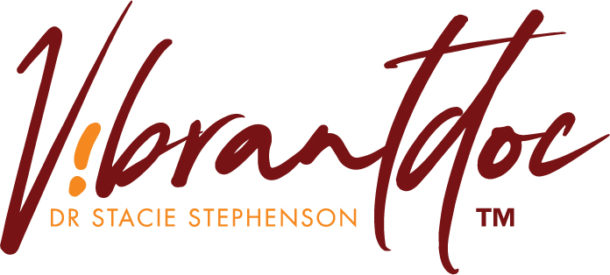Growing up, many of us remember our parents telling us that eating our veggies is the best way to be healthy and strong. Spinach is for strength (Popeye taught us that) and carrots are good for eyesight. And as it turns out, there’s a great deal of truth to this age-old nutritional advice.
Vitamin A is crucial for your health for many reasons. Aside from aiding in your vision, this micronutrient plays an important role in several bodily processes, including your immune system and reproduction. And since your body can’t produce it on its own, you need to get vitamin A from food sources.
What is vitamin A and what does it do?
Vitamin A is a fat-soluble vitamin that affects eye health, immunity, reproduction and organ function. There are two different types of vitamin A: preformed vitamin A and provitamin A.
Preformed vitamin A is found in animal-based products such as meat, fish, dairy and poultry. Provitamin A, also known as carotenoids, is found in plant-based products, including fruits and vegetables.
Fun fact: carotenoids give fruits and plants their color. There are three main carotenoids: beta-carotene, alpha-carotene, and beta-cryptoxanthin. The darker the color of a fruit or vegetable, the higher its carotenoid content.
According to research, 26 to 34% of vitamin A is consumed through plant-based sources.
“In the body, vitamin A plays a crucial role in the development of organs during fetal development, and it also is known to have an important role in vision as well as immune function,” says Dr. Jonathan Clinthorne, PhD, Nutrition Communication Manager at Atkins. “The benefits of vitamin A on immune function are wide-ranging, but it is especially important for immune function in the gut and respiratory tract.”
Additionally, research has found a link between vitamin A and various types of cancer treatment and prevention. This is due to beta-carotene’s powerful antioxidant properties.
How much vitamin A do I need per day?
The recommended daily intake of Vitamin A is 900 micrograms (mcg) for men and 700mcg for women. If you’re pregnant, it goes up to 770mg and if you’re lactating, 1300mg is recommended.
Are there any side effects of getting too much Vitamin A?
The carotenoids have an orange, red or yellow color, and overconsumption of carotenoid-rich foods has been reported to cause people’s skin to have a slight orange tint, however, carotenoids, in general, are relatively non-toxic because the body will slow down the creation of vitamin A from carotenoids when blood levels of vitamin A are high, Dr. Clinthorne explains.
Although it’s rare, overconsumption of preformed vitamin A can cause vitamin A toxicity (hypervitaminosis A).
“Since vitamin A is fat-soluble, the body stores excess amounts of it in the liver, which can cause toxicity when in excess,” says Annamaria Louloudis, MS, RN, a nutritionist at LouLoudi nutrition.
The Tolerable Upper Limit for vitamin A is 3000 mcg RAE. The maximum daily intake is unlikely to cause an adverse reaction. Ingesting an excessive amount of Vitamin A can cause nausea, vomiting, diarrhea, dizziness, fatigue, drowsiness and numerous skin issues.
Do I need a vitamin A supplement?
If you eat a nutritious, balanced diet (with lots of colorful fruits and veggies), then you won’t need a vitamin A supplement.
“Although I am an advocate of using high-quality supplements to optimize nutrient intake, this is one I don’t believe is necessary, as most people can easily get enough from a balanced diet that includes brightly colored vegetables and fruits, seafood, and if you like it, beef liver,” says Dr. Stacie Stephenson, Certified Nutrition Specialist and CEO of VibrantDoc.
Vitamin A deficiency is rare in the United States since most people can get enough vitamin A from a variety of foods in the average diet. However, certain groups of people are more likely than others to have trouble getting enough vitamin A, Louloudis explains. These include:
- Premature infants with malabsorption disorders
- People with pancreatic insufficiency
- People with cystic fibrosis
“Vitamin A supplements can interact with certain medications, so it is essential to tell your doctor about any dietary supplements and medications you take,” says Louloudis. “Women who might be pregnant should not take high doses of vitamin A supplements since high intakes of preformed vitamin A by pregnant women can also cause birth defects.”
Best vitamin A foods
Beef liver
Beef liver has the most vitamin A of any food, says Dr. Stephenson. Three ounces of pan-fried beef liver contains 6,582 mcg of preformed vitamin A. That’s 731 percent of your daily value (DV).
“That may sound like a lot, but because it comes from food, you won’t get vitamin A toxicity from beef liver if you only eat it a few times per month,” Dr. Stephenson explains. “Don’t fret if you’re not into organ meats, however. There are plenty of good sources from plants.”
Pro tip: She highly recommends liver from grass-fed cows eating an organic diet, not only because it tastes better, but because conventionally raised organ meat often contains higher levels of heavy metals.
Sweet potatoes
This starchy veggie is not only delicious, but it’s also a great source of fiber, minerals and vitamins – and vitamin A is at the top of the list. One baked sweet potato contains 1,403 mcg of provitamin A, mostly in the form of beta carotene, which equals 156% of your DV.
Spinach
Don’t let the green color fool you! It may seem surprising spinach is high in vitamin A since it isn’t orange, says Dr. Stephenson, but it contains high levels of provitamin A: 573 mcg for ½ cup boiled, 64% of your DV.
Carrots
Just ½ cup of raw carrots contains 459 mcg of provitamin vitamin A, or 51% of your DV. Since vitamin A is a fat-soluble vitamin, Dr. Stephenson says to need to eat it with fat for best absorption. Have those carrots or sweet potatoes with a drizzle of olive oil!
Pickled herring
If you’re a seafood fan, pickled herring is the richest seafood source of vitamin A. Three ounces of pickled Atlantic herring has 219 mcg of preformed vitamin A, or 24% of your DV.
Pumpkin
While many of us eat pumpkin in the fall, you can enjoy it in more than pies and coffee. Pumpkin is highly nutritious, high in vitamin A and is a yummy ingredient in all types of recipes. A half-cup of canned pumpkin provides 953 mcg of vitamin A, which is 106% of the DV.
Ricotta cheese
It’s the spreadable cheese we all know and love! One cup of ricotta cheese contains 263 mcg of vitamin A which provides 29% of the DV.
Milk
While we know milk for its ability to help build strong bones (thanks to vitamin D), it’s also high in vitamin A. Whether you prefer fat free or skim, one cup has 149 mcg (17% of the DV)
Cantaloupe
Don’t forget to add this tasty orange melon to your morning fruit salad. A half-cup of cantaloupe provides 135 mcg of vitamin A, which is 15% of the DV.
Pro tip: “The vitamin A is in the delicious flesh,” says Dr. William W. Li, MD internationally renowned physician, scientist and author of the New York Times bestseller Eat to Beat Disease: The New Science of How Your Body Can Heal Itself.
Sweet red pepper
A delicious addition to numerous recipes, this veggie is a nutritional powerhouse. A half-cup of raw sweet red bell pepper provides 117 mcg of vitamin A, which is 13% of the DV. “You can get the benefits by eating the pepper raw or by roasting or sautéing it,” Dr. Li explains.
Mango
Not only is this sweet fruit is a must-have ingredient in smoothies and salsa, but it’s also an excellent source of vitamin A. One whole, raw mango contains 112 mcg of vitamin A, or 12% of the DV.
Eggs
A breakfast staple in most homes, eggs are also highly nutritious. 1 large hard-boiled egg contains 75 mcg, which is 8% of the DV.
Black-eyed peas
This vegetable offers a wide range of health benefits, including vitamin A. 1 cup boiled is 66 mcg, 7% of the DV.
Dried apricots
If you’re a fan of snacking on dried fruit, make sure to include apricots in the mix. Ten dried apricot halves contain 63 mcg of vitamin A, which is 7% of the DV.
Broccoli
This dark green veggie is another healthful source of vitamin A. A half-cup providing 60 mcg, which is 7% of a person’s DV.
Pro tip: As a general rule to increase your vitamin A intake, Dr. Clinthorne recommends colorful plant foods (especially orange ones).
Sources
- Annamaria Louloudis, MS, RDN
- Dr. Stacie Stephenson, Certified Nutrition Specialist, CEO of VibrantDoc and author of Vibrant: A Groundbreaking Program to Get Energized, Own Your Health, and Glow”
- William W. Li, MD internationally renowned physician, scientist and author of the New York Times bestseller Eat to Beat Disease: The New Science of How Your Body Can Heal Itself.
- Jonathan Clinthorne, PhD, Nutrition Communication Manager at Atkins
- National Institutes of Health: “Vitamin A”
- Medical Clinics of North America: “Nutrition Recommendations in Pregnancy and Lactation”
- StatPearls: “Vitamin A”


